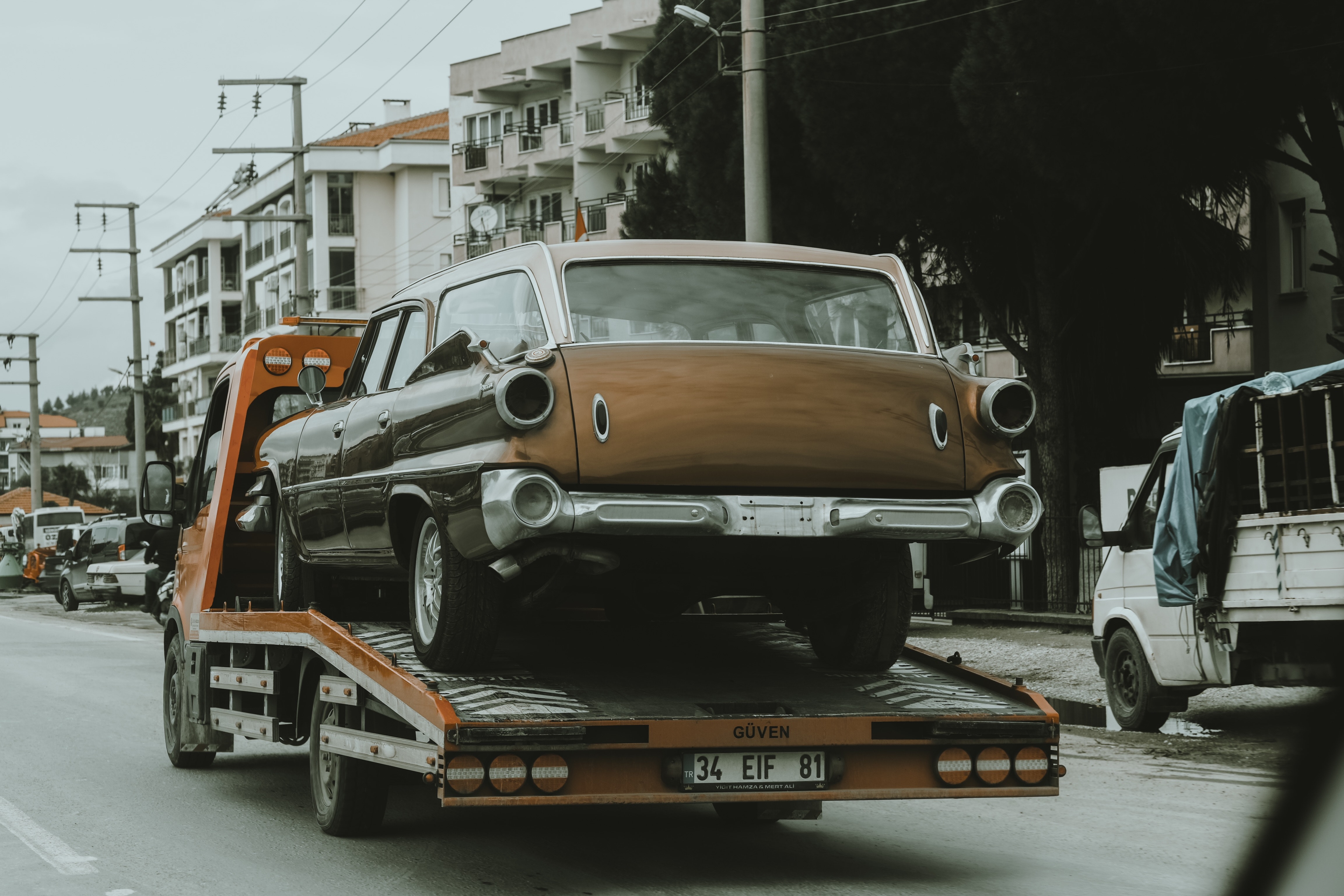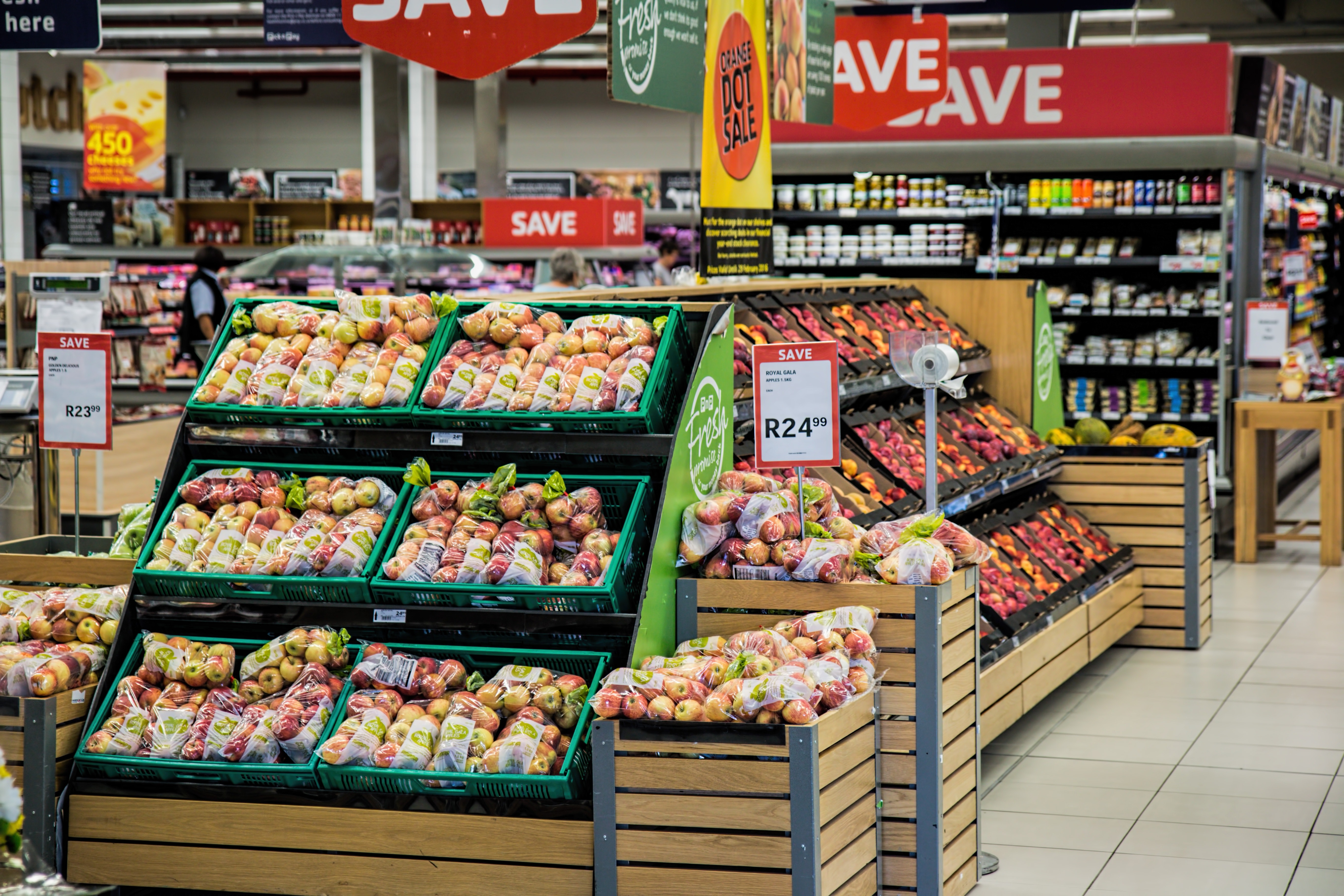Repossession is on the rise; Bankruptcy stops it dead in its tracks.
The COVID-19 pandemic wreaked havoc on the economy, leaving many people struggling to make ends meet. To help alleviate some of the financial strain, the government implemented a number of relief measures, including eviction and foreclosure moratoriums and loan forbearance programs. These measures also provided temporary relief for people who were struggling to keep up with car payments. However, as interest rates and auto prices continue to rise, many people are finding themselves at risk of repossession. In this blog post, we’ll explore why repossession rates are on the rise and how bankruptcy can help stop car repossessions.
Rising interest rates and auto prices
The pandemic has led to a shortage of new cars, which has caused prices to skyrocket. Additionally, interest rates have risen, making it more expensive to finance a car. This is a dangerous combination for people who are already struggling to make car payments. Many people are finding themselves in a situation where they owe more on their car than it’s worth, making it difficult to sell or trade in the vehicle.
The consequences of car repossession
When you finance a car, the lender has the right to repossess the vehicle if you fail to make payments. Repossession can have serious consequences, including damage to your credit score, legal fees, and the loss of your vehicle. Additionally, if the lender sells the car for less than you owe, you could be responsible for the difference.
How bankruptcy can help
Bankruptcy can be a powerful tool for stopping car repossession. When you file for bankruptcy, an automatic stay goes into effect, which prevents creditors from taking collection actions against you, including repossession. This means that if your car is about to be repossessed, filing for bankruptcy can provide immediate relief and give you time to figure out a plan to keep the car.
There are two types of bankruptcy that can help stop car repossession: Chapter 7 and Chapter 13. In a Chapter 7 bankruptcy, you can discharge most of your unsecured debt, including credit card debt and personal loans. This can free up money to help you make your car payments. Additionally, in some cases, you may be able to keep your car by reaffirming the debt, which means that you agree to continue making payments on the car.
In a Chapter 13 bankruptcy, you create a repayment plan that allows you to pay off your debts over a period of three to five years. This can give you time to catch up on missed car payments and get your finances back on track. Additionally, if you owe more on your car than it’s worth, you may be able to “cram down” the debt, which means that you only have to pay the current value of the car.
What it all means
The pandemic relief measures provided temporary relief for people who were struggling to make car payments, but as interest rates and auto prices continue to rise, many people are finding themselves at risk of repossession. If you’re in danger of losing your car, bankruptcy can be a powerful tool for stopping repossession and giving you time to figure out a plan to keep your vehicle. However, bankruptcy should not be taken lightly and should only be pursued after careful consideration and consultation with a bankruptcy attorney.


